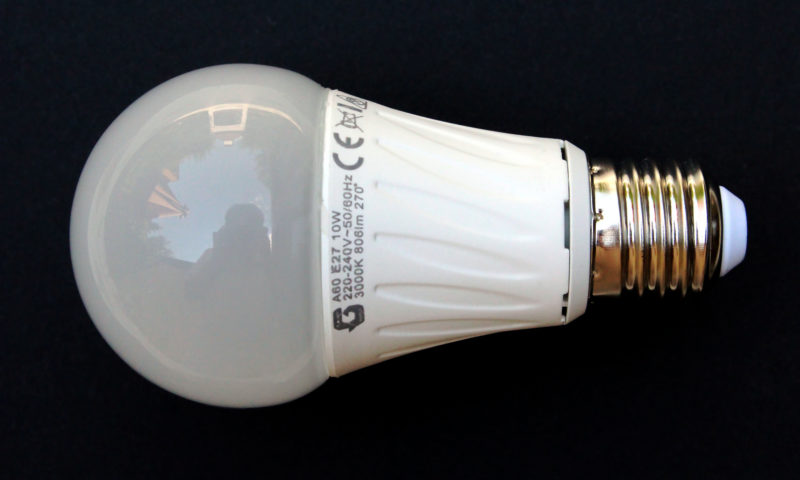According to InjuryFacts.NSC.org, about 16 out of 100 people were injured in a home or community venue as recently as 2021. The leading causes, such as drowning, fire, and general home maintenance, can be prevented by acting ahead of time, says the Code Council, the global source of codes, standards, and building safety solutions. With an eye on educating people on fire safety, home maintenance, and energy and resource sustainability, the council has some tips–some of them common sense, others a timely reminder.
Fire safety.
• Put a smoke alarm on every level of your home, outside each sleeping area, and inside every bedroom. Test each alarm regularly and replace them every 10 years.
• Install home fire sprinklers. They’re relatively affordable and can raise property value and lower insurance rates.
• Make an escape plan to get out fast.
• Keep anything that can burn at least three feet away from portable heaters.
• Keep all flammable outdoor items away from your home.
Home maintenance.
• Never overload electrical cords or power strips. And don’t use appliances that have damaged cords.
• For mold prevention, watch for leaky pipes, condensation and wet spots, and fix sources of moisture as soon as possible.
• Several materials and items should never be flushed down the toilet, including medication, disposable wipes, and coffee grounds.
• To prevent your pipes from freezing in the winter, drain water sprinkler supply lines following the manufacturer’s or installer’s directions.
Energy and sustainability.
According to the Center for Climate and Energy Solutions, the average U.S. family can spend $2,000 a year on energy bills. Reducing home energy use is the single most effective way to save money and reduce your home’s contribution to greenhouse gasses.
• Change the filters in the heating and cooling system regularly to increase energy efficiency.
• Use LED light bulbs, which use up to 90 percent less energy and last up to 25 times longer than traditional incandescent bulbs.
• To conserve water, install water-saving shower heads and low-flow faucet aerators and use your water meter to check for hidden water leaks.
Source: StatePoint Media.
